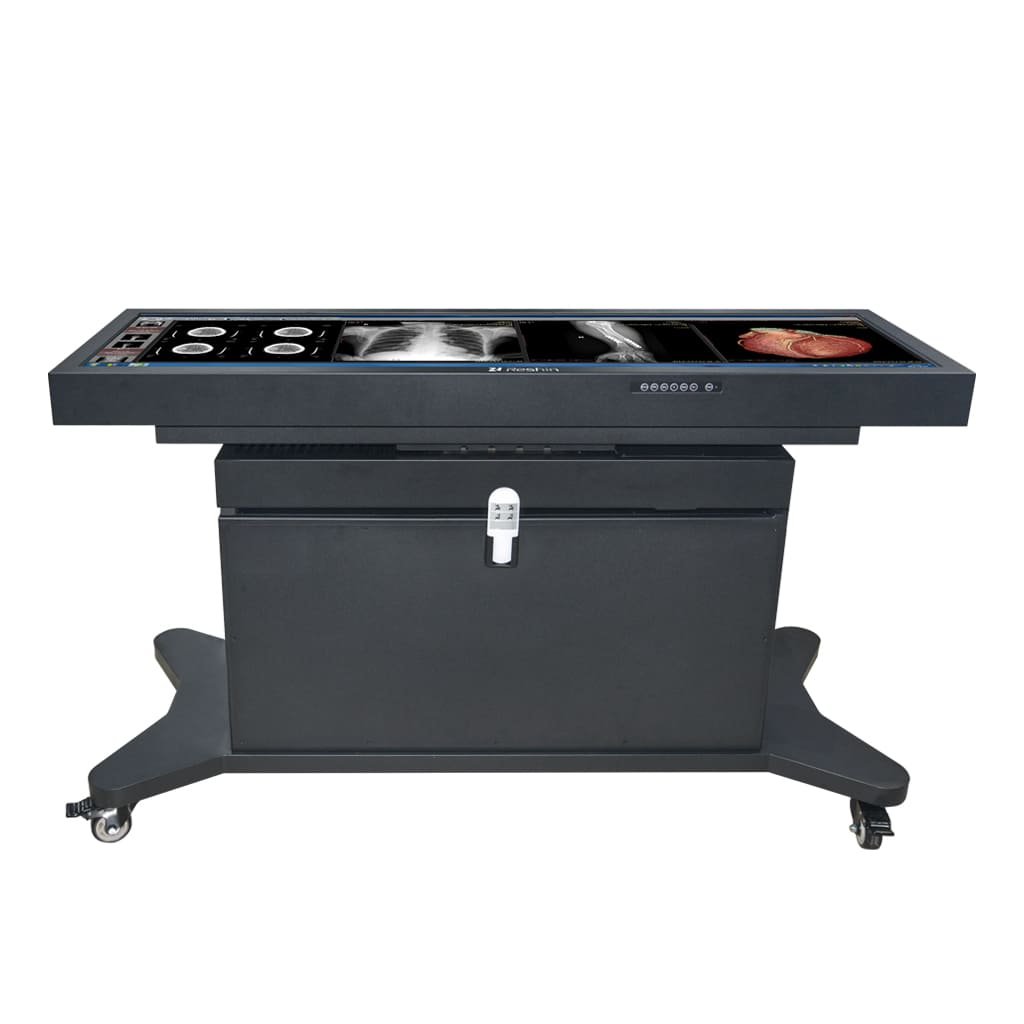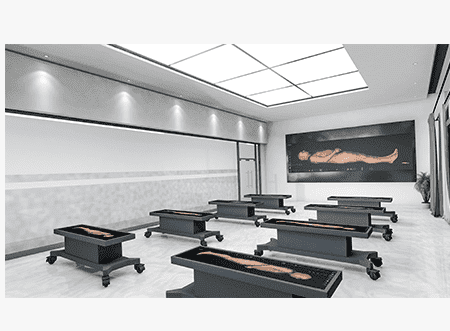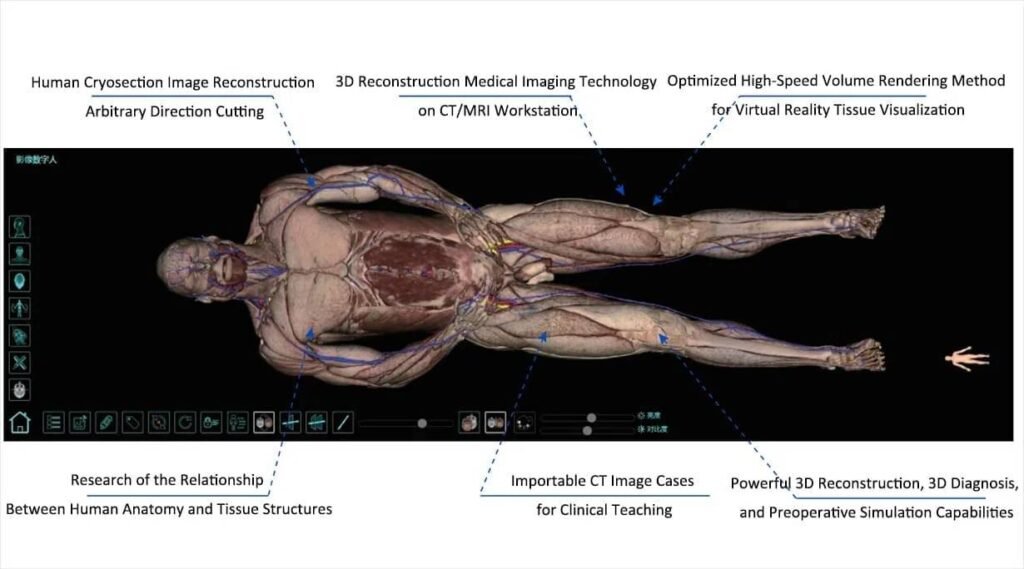Anatomy Imaging Teaching Display
Explore our advanced anatomy teaching displays that provide clear, high-quality visuals of precise human anatomy. With cutting-edge technology, our monitors help ensure authenticity in anatomy teaching

A581T
| Product Type | Anatomy Imaging Teaching Display |
| Display Size | 58 Inch |
| Resolution | 3840*1080 |
Specification
| Item | Specific |
|---|---|
| Products Name | Anatomy Imaging Teaching Display |
| Display Size | 58 Inch |
| Resolution | 3840*1080 |
| Touch Screen | Multi-touch |
| Max Brightness | 800cd/㎡(TYP) |
| Default Brightness | 178° Typ |
Product Outstanding Features

The Reshin Anatomy Imaging Display is designed for learners at all levels, from specialists to clinicians, to study systemic, regional, and sectional anatomy. It features a medical display system that shows high-density tissue images clearly. Equipped with 15 control buttons, multi-touch, and remote control for adjusting height, tilt, and screen orientation, it offers ease of use and an enhanced experience. It also provides realistic clinical diagnosis simulations and hands-on practice, making learning more practical and interactive while boosting diagnostic confidence in breast examinations.
Human Anatomical System
Each transverse layer of data is processed through precise software algorithms to achieve 3D reconstruction, automatically extracting various anatomical structures and generating real-time 3D data of the actual specimen. Users can perform cuts at any angle or direction based on the 3D model of the human body.
Imaging Anatomy System
Clinical diagnostic physicians: Observation and study of the adjacent relationships between tissues; consultation discussions, surgical simulations, and postoperative case analysis.
Medical school teaching: Real human data and simulated practical operations, addressing the issues of limited cadaver specimens and difficulty in storage.

2D and 3D Multi-Scenario Application System
Hospital Case Data Import: Unlimited import of DICOM data with automatic 3D reconstruction. It integrates with the hospital’s PACS system and allows manual import of DICOM cases. This enriches hospital case and teaching data resources, enabling physicians and students to repeatedly study and use the cases.


Advantages
Simulated teaching is highly realistic, allowing students to practice in lifelike scenarios. It bridges the gap between theory and practice, offering a more practical learning experience without the need for real patients.
Concept-based teaching, with limited realism
To address the lack of clinical practice and limited hands-on opportunities, more practical training sessions should be introduced. This helps students gain real-world skills and better prepares them for actual clinical settings.
Reduce reliance on cadaver specimens
Real-life teaching provides a more authentic learning experience by using real-world scenarios. This approach enhances the realism of the lessons, helping students better understand and apply their skills in practical settings.
